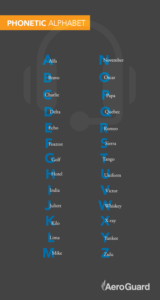Importance of the Phonetic Aviation Alphabet
If you’re new to the aviation industry, you may just be learning about the aviation alphabet. The world of aviation requires a different alphabet for the military, air controllers, pilots and agents within the airlines. Because certain letters sound very similar, the International Civil Aviation Organization (ICAO) created the International Radiotelephony Spelling Alphabet.
In order to be sure that letters are pronounced and understood correctly, no matter what language is spoken, the aviation alphabet helps to avoid mistakes. This alphabet takes letters and makes it easier to understand, even with interference and static. Think of how sometimes M and N or P and V could sound similar – this alphabet helps to prevent any issues between the cockpit and the tower.
For example, think of an aircraft tail number such as N352W. This would be said over the radio as “November Three Five Two Whiskey”.
Aviation Alphabet
Below we have listed the letter with their corresponding words so that you can have a better understanding of the aviation alphabet.

Worldwide Alphabet
Depending on where you are in the world, the spelling of the words said will be different. For example, Alpha may be spelled Alfa, but the pronunciation stays the same. Today the aviation alphabet is known by people beyond the aviation industry thanks to the internet, TV shows and movies.
Today the aviation alphabet has been adopted by North Atlantic Treaty Organization (NATO), the International Maritime Organization, Federal Aviation Administration (FAA), the International Telecommunication Union and many more organizations. Since it has been adopted by all of these organizations, each may have their own twist on certain words or meanings depending on their needs.
In the beginning of the alphabet, the words used for each letter have changed quite a few times. However, the NATO phonetic alphabet helped to stop the differences in languages, accents and pronunciations, making it easier for aviation crews. While communication between cockpit crews and control teams have become more technically sophisticated, the aviation alphabet is still used for safety reasons.
ICAO Alphabet
The International Civil Aviation Organization is an agency of the United Nations that decided the phonetic aviation alphabet needed to be standardized. Although all words are English, the words are sounds common to all languages and can be pronounced no matter the language spoken. The final alphabet was completed in March of 1956, with simple changes made to accommodate different pilots in different countries. Over the years, the words listed with the corresponding letters have remained the same, but some shorthand slang has developed.
Conclusion
If you are interested in learning the phonetic aviation alphabet and want to learn more about becoming a pilot, contact us today! There are many different career paths for you to follow to become a pilot, but the hard work and dedication that is well worth it. Knowing this alphabet is necessary in aviation, so start studying today and get ready to fly tomorrow!

